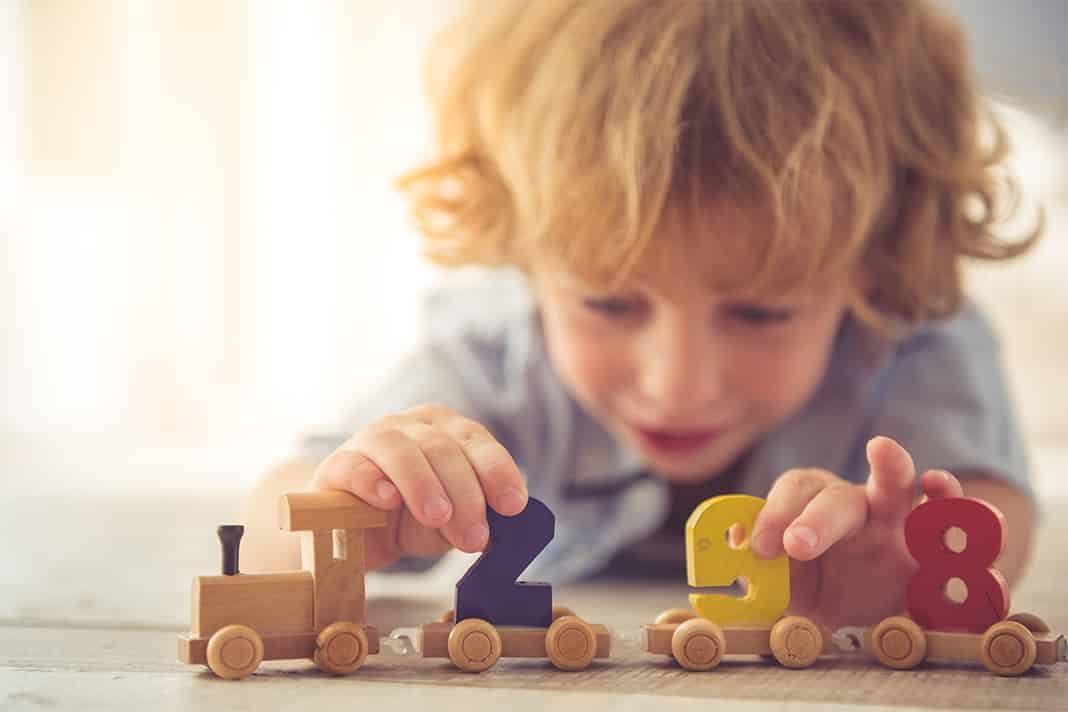SPONSORED POST
Let’s be honest, most toys are going to be made at least partly of plastic or other synthetic materials. And many of these will be flown thousands of miles from their place of manufacture to the world’s leading toy markets in North America and Europe. And few of them will be so well loved, so endlessly entertaining, that they’ll be used beyond the first year or two of their lives. So what to do to help incorporate sustainability in the playroom?
Go wooden…
Okay, we get it: wooden toys can carry a whiff of the aspirational, bourgeois Insta-mum who wouldn’t be seen dead with something from Fisher-Price. And in the past it may have been true that wooden toys didn’t seem to capture kids’ attention as reliably as brightly coloured plastic. But that’s changing.
Nowadays, there are more and more sustainably made wooden toys on the market, and they come in more exciting forms than the jigsaws and alphabet blocks of old. Pretty much whatever your little one loves – animals, kitchen equipment, trucks and cars, foods, even building blocks modelled after the mighty Lego brick – can now be found in eco-conscious wooden form. Not only do they look nicer strewn about the house than their plastic counterparts but open-ended toys are proven to encourage more creative play.
…or recycled
Another growing area of the market is toys made using recycled materials. Not as ubiquitous as wooden toys, they’re nevertheless worth searching for. An honourable mention must go to US brand Green Toys, whose vehicles, culinary accessories and stacking cups are kind to the earth and almost indistinguishable from their more mainstream fellows (at least to a child’s eye – adults will appreciate the extra care that’s clearly gone into the colours and designs).
Love local brands
As with almost every sector you care to mention, the toy business has seen a wealth of new, smaller, independent businesses appear over the last few years. Style-savvy and internet-enabled, many of them are actively focus on implementing an eco-conscious supply chain. With a little research, you can find those local to you – there are plenty of brilliant British examples – and ensure that your toy shopping comes without thousands of miles of unnecessary flight emissions attached.
The ultimate answer: change the way you buy
Our favourite solution is also the most bang up-to-date. It’s so of-the-moment, the company that’s pioneering it hasn’t officially launched yet. But it’s already signed up over a thousand prospective customers gagging to test its big idea. So what is it?
The perfect way to incorporate sustainability in the playroom, Whirli is an eCommerce startup founded on the simple premise that toys are both vital and non-essential. That is, kids need toys, but they don’t need the same toys all the time. They forget about them quickly. They pursue novelty, and get excited about new stuff. Parents spend heaps of time and money feeding the different desires of kids who are effectively hurtling through dozens of developmental stages in just a few short years. Unwanted toys gather dust in cluttered homes, and eventually find their way to landfill. None of which is fun.
Whirli offers a way to do things differently with a toy subscription service. Parents subscribe and can choose a selection of top quality toys from a vast online catalogue to create their own ever-changing toy boxes. The toys are sent out – a big day for the lucky little ones, we imagine – and can be kept for as long as they’re wanted. If you keep them for more than nine months, they automatically become yours. If not, you can return one or more of them at any time and order new ones. Everyone’s a winner. Except possibly the toy manufacturers. But we’re sure they’ll cope.
Find out more at whirli.com






COMMENTS ARE OFF THIS POST